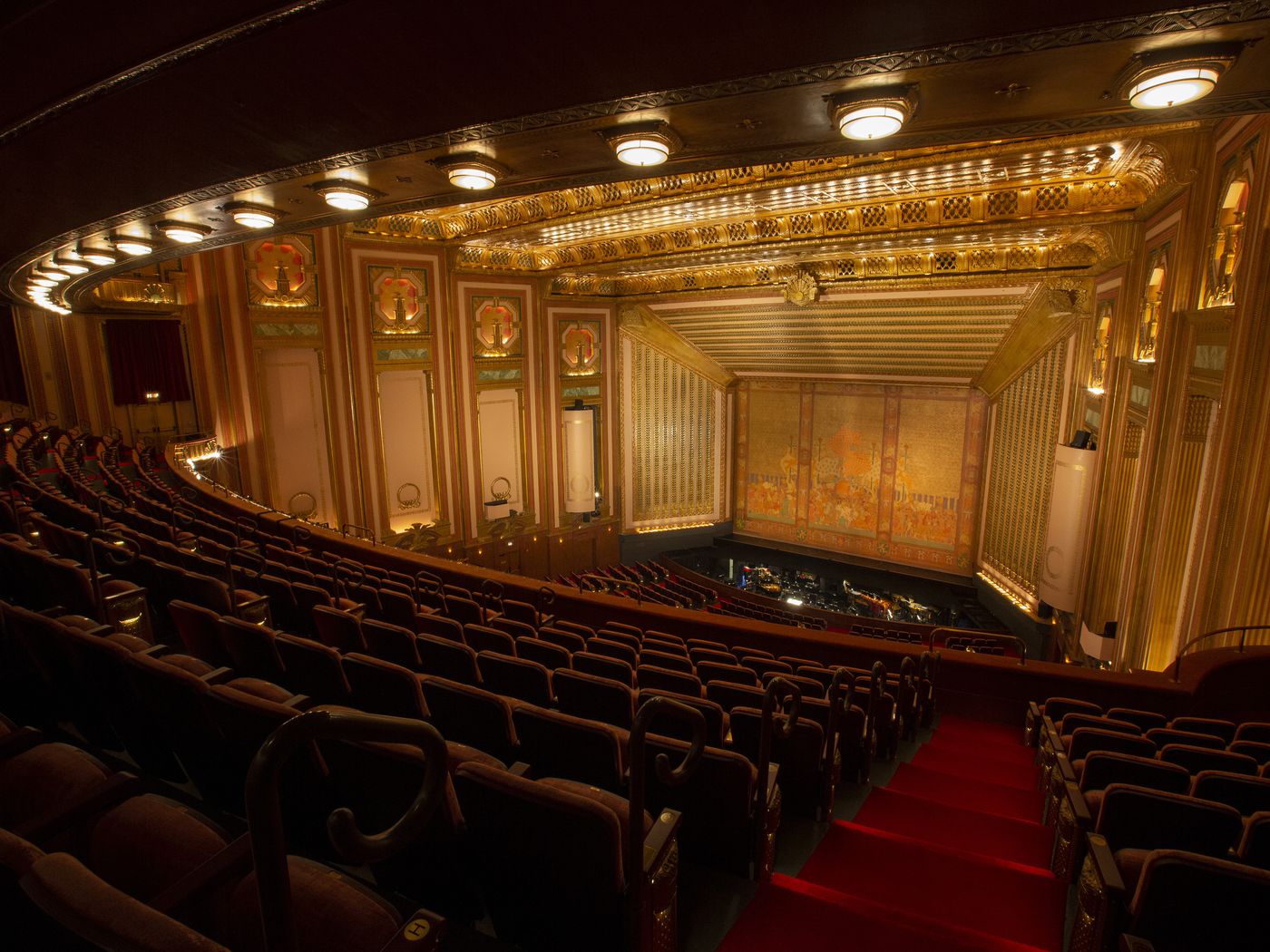The Civic Opera House is considered one of the largest in America. It is rightfully highly appreciated by opera lovers. It boasts a huge hall, which is the second-biggest in the world, according to chicago-future.com.
Construction of the building, architectural features

The theater is situated in a 45-story skyscraper on the main Wacker Drive. The building was constructed in 1929. It was designed by the Graham, Anderson, Probst & White company, known for creating several objects in Chicago. Alfred Shaw was the architect and Magnus Gunderson was the lead engineer. The building was built in the Art Deco style, which was very popular at the time.
The theater stands out for its interior, designed in French neoclassicism. The vast hall and rich interior decoration are mesmerizing! One of the main features is the curtain painted with scenes and characters from various operas. A unique march from “Aida” is the centerpiece of the theater.
The main sponsor and investor of the construction was London businessman and theater art lover Samuel Insull. This man earned respect and recognition among the citizens and authorities of the city by doing good deeds. His career began at General Electric Company. He moved to Chicago to develop his business, which subsequently became successful. Soon, Samuel owned several large enterprises in the city.
The theater was built because of the whims of Insull’s wife. She was a beautiful, young actress. Samuel loved her very much and thus did his best to please her. In order to make a gift to his beloved and fulfill her long-nurtured dream, the man undertook to build a theater. He had already thought out his benefit in advance. It is no coincidence that the theater was combined with commercial and office spaces. Since office tenants paid monthly, the income continued to flow even during long breaks between opera seasons.
At the brink of closing

The long-awaited event finally occurred in November 1929 when the theater opened. The audience was presented with Verdi’s opera “Aida,” featuring Polish soprano Rosa Raisa in the lead role. It is worth noting that Samuel Insull personally chose the opera for the opening.
At that moment, it seemed like everything was going well and this business would prosper, but things turned out a different way. The Great Depression hit just 6 days before the theater’s opening, adversely affecting it. Shortly after, Lyric Opera was on the verge of closing. The first opera company disbanded and the funding ran out. The theater was empty.
Insull lost almost all his business and faced legal proceedings. In order not to end up in prison, the man fled to Europe. The court soon acquitted him, but it was too late. He died because he could not survive the difficulties.
From 1930 to 1940, several opera companies were formed in the theater, but none of them lasted long. In 1954, the Lyric Opera of Chicago company leased the theater. They bought out the building in 1993. A major restoration was started during this period, which lasted until 1996.
Theater development

After the renovation, the hall was expanded to 3563 seats. The theater stage was made 50 feet wide and 35 feet high. The main curtain is combined with traditional fire curtains, which are a fireproof structure designed by the famous artist Jules Guerin.
The modern theater presents 8 productions per season, including 6 classics and 2 modern operas. Over the course of its operation, it has become a home to many foreign stars. The world’s best singers eagerly perform in Chicago. Huge fees and a beautiful hall are the keys to its success. People come here with great pleasure to see performances by their favorite artists.


